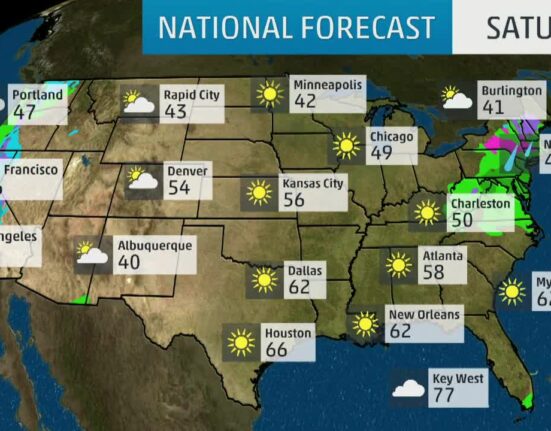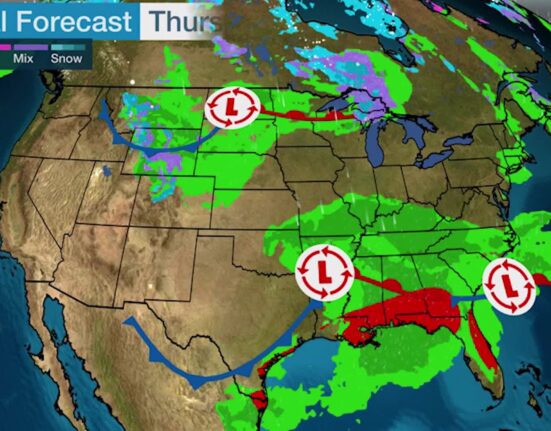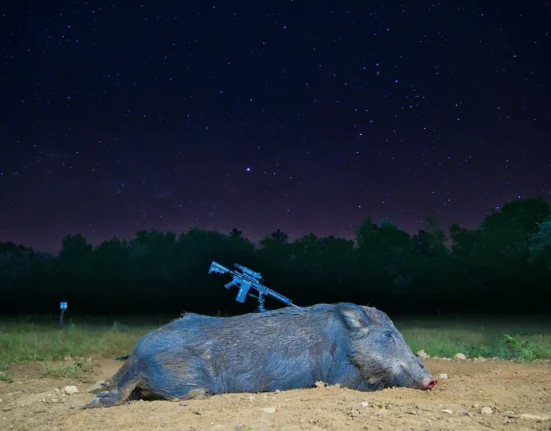In the deep recesses of Kosciuszko National Park, a hidden treasure has been unearthed – the critically endangered Leadbeater’s possum. Once thought to have vanished from New South Wales, this rare marsupial made a surprising appearance near the Yarrangobilly Caves, much to the joy of ecologists and conservationists alike.
Imagine stumbling upon a creature so elusive that its existence beyond Victoria was merely a whisper in conservation circles. Picture this tiny mammal, weighing no more than 125 grams, with its distinctive bushy tail waving amidst a sea of captured images on a screen. Dr. Fred Ford, the senior threatened-species officer behind this remarkable discovery, expressed his awe, saying,
“It jumped right out at me.”
This groundbreaking find emerged during an extensive review by NSW environment department officers who meticulously scoured nearly 1 million wildlife camera images as part of their quest to document the critically endangered smoky mouse population. The cameras had silently observed the possum’s solitary presence last October, marking its first recorded sighting in NSW since European settlement.
Leadbeater’s possums have long been shrouded in mystery and peril. Believed to be extinct in Victoria until their miraculous rediscovery in 1961 near Marysville, these creatures are icons of resilience and adaptability against all odds. Ecologist Professor David Lindenmayer from the Australian National University shared his excitement about this unprecedented finding by emphasizing how crucial large national parks are for safeguarding biodiversity.
Reflecting on his own past quests for these forest fairies near Yarrangobilly Caves decades ago without success due to technological constraints, Lindenmayer speculated that the recently discovered possum might represent a distinct subspecies that evolved in isolation over time.
As news of this extraordinary sighting spread like wildfire across environmental circles, NSW Environment Minister Penny Sharpe marveled at the significance of unearthing a species once deemed lost within state borders. She highlighted ongoing efforts by government agencies to remove invasive species from critical habitats like Kosciuszko National Park to ensure these unique ecosystems thrive.
The discovery not only stirred excitement among conservationists but also drew attention from neighboring states. Victorian Environment Minister Steve Dimopoulos pledged support and collaboration to bolster cross-border conservation initiatives aimed at protecting endangered species like Leadbeater’s possums from unforeseen threats.
The Biodiversity Council echoed similar sentiments about preserving vast swathes of pristine habitats as demonstrated by this newfound colony within Kosciuszko National Park – underscoring how even well-studied ecosystems can still harbor surprises waiting to be unraveled.
Moving forward, meticulous surveys will be conducted using advanced camera trapping techniques developed in Victoria to ascertain the size and distribution of Leadbeater’s possum population within Kosciuszko National Park. These efforts will shed light on crucial aspects such as genetic diversity and habitat preferences essential for effective conservation strategies.
In parallel efforts aimed at bolstering dwindling populations elsewhere, Zoos Victoria has embarked on releasing male and female Leadbeater’s possums into carefully protected bushland settings with hopes of fostering breeding opportunities and establishing new colonies where these precious creatures can thrive once again.
Lisa Stuart, a dedicated bushland ranger immersed in habitat restoration work near Melbourne, shared her emotional journey overseeing tree plantings and habitat enhancements crucial for supporting Leadbeater’s possum movements and foraging behaviors – epitomizing how human dedication can create safe havens for imperiled wildlife.
As discussions around expanding protected areas gain momentum following this groundbreaking discovery in NSW, experts like Lindenmayer urge policymakers to consider initiatives like the Great Forest National Park proposal as vital steps towards ensuring interconnected landscapes conducive for sustaining diverse flora and fauna populations across regions.









Leave feedback about this